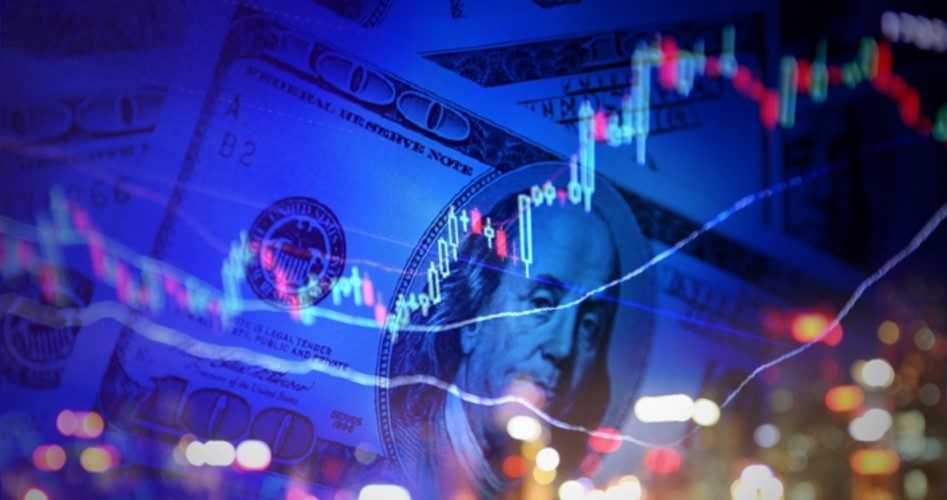
No matter where one looks, the U.S. economy is not only on the mend, it is rebounding sharply, giving increasing support to a V-shaped recovery from the COVID-inspired government economic shutdown.
Retail sales jumped in May by nearly 18 percent from April’s stomach-turning drop of 16 percent. Apple Maps is showing that travelers are doing more driving, while restaurant bookings have jumped. Hotels are beginning to fill again, and passenger air travel is steadily increasing.
A particularly bright spot is the housing industry. Mortgage applications for single-family homes are now up 21 percent compared to last year at this time, increasing to the highest level seen in over 11 years. As Joel Kan, a forecaster at the Mortgage Bankers Association, exuded, “The housing market continues to experience the release of unrealized pent-up demand from earlier this spring, as well as a gradual improvement in consumer confidence.”
A Reuters poll released this past weekend showed that housing prices are expected to increase by three percent this year and next, according to more than 40 housing strategists. One of them, Brad Hunter at RCLCO Real Estate Advisors, said, “Housing demand is coming back in dramatic fashion, with homebuilders in markets all around the country reported a bounce-back in demand in May and June.”
And it’s not just housing. According to FreightWaves, the over-the-road trucking information center, “truckload volumes have recovered much faster than many anticipated [with] volumes approximately 5%-8% higher this year versus last year, through the first few weeks of June.”
The rebound is showing up in increased prices in raw materials such as oil, copper, tin, and cotton. Historically such increases correspond with an improved economy. Prices for copper and tin, for example, are up more than 15 percent so far this quarter, along with cotton and oil.
The Citigroup Economic Surprise Index for the United States, which measures real data compared to estimates, has risen to its highest level on record going back to 2003. And hedge fund and other speculative investors have lifted their bets on an improving economy as well, propelling U.S. crude oil prices to nearly a two-year high, with net bullish bets on cotton following closely behind.
The Federal Reserve Bank of Chicago just released its monthly National Activity Index, another measure of an improving economy. This one, however, is a weighted average of 85 monthly indicators of economic activity across the country, each one measuring some aspect of the economy. The index jumped an astonishing 20 points in a single month in May.
All of this bodes well for a continuing strong rebound from the government shutdown of the economy and a harbinger of how the November election is likely to turn out as voters tend to vote their pocketbooks.
Image: honglouwawa/iStock/Getty Images Plus
An Ivy League graduate and former investment advisor, Bob is a regular contributor to The New American, writing primarily on economics and politics. He can be reached at [email protected].
Related article:



